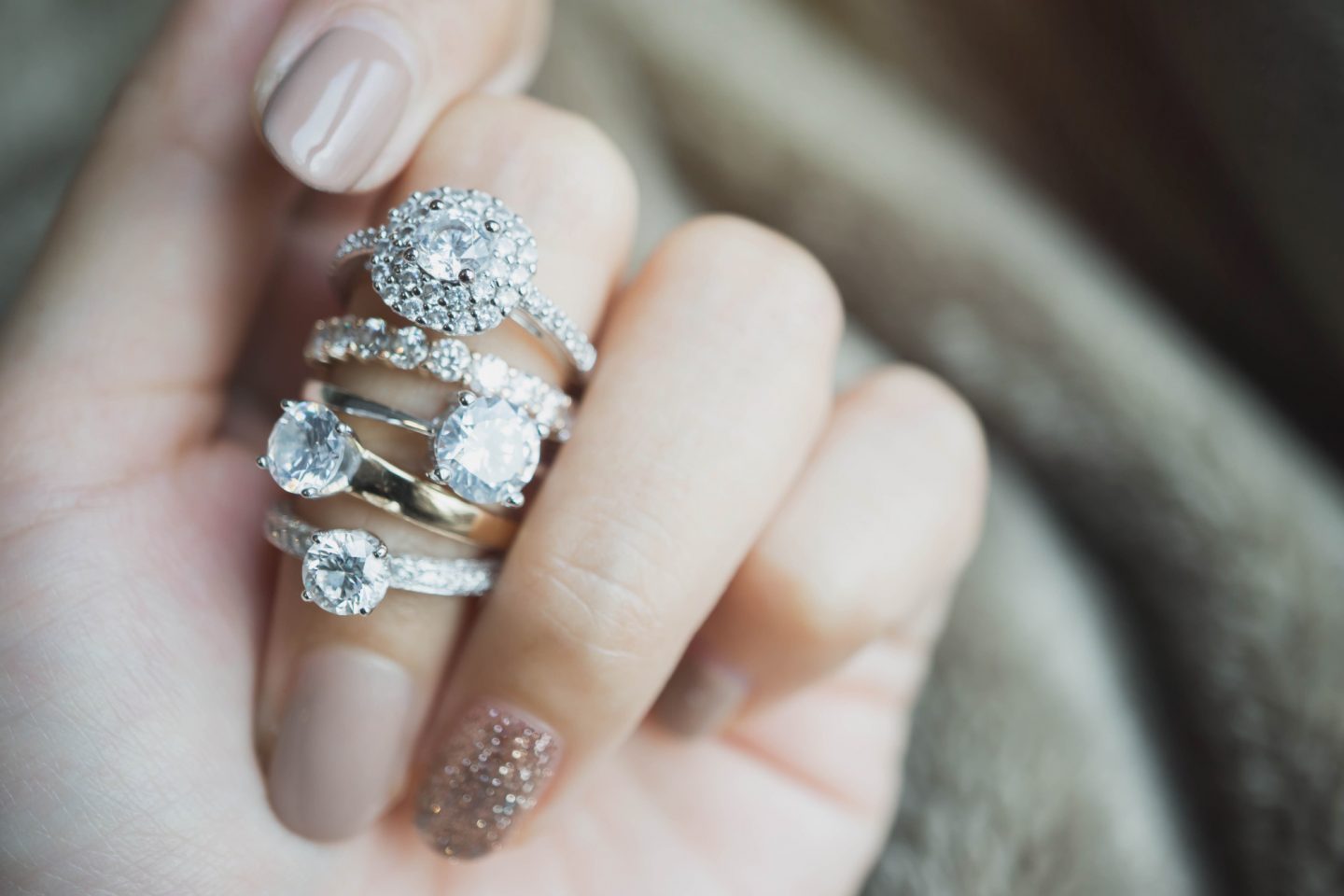The Basic Principles Of Engagement Rings
The Basic Principles Of Engagement Rings
Blog Article
Engagement Rings - An Overview
Table of ContentsThe 10-Second Trick For Engagement RingsSome Of Engagement RingsEngagement Rings Fundamentals ExplainedThe Greatest Guide To Engagement RingsWhat Does Engagement Rings Mean?10 Simple Techniques For Engagement Rings
Tension-style setups also supply much far better safety for the gems. The majority of tension-style setups are made for rounded great diamonds or other round gemstones, however they can be customized to fit several other shapes. The setup can likewise be customized to have accent treasures around the centre stone or to enable a side rock on each side of the centre rock.Is not vulnerable and uses well. Can be personalized. Develops an optical impression of the centre gemstone hanging in the air. Have a modern-day layout that has lots of elegance and beauty - engagement rings. Easy to clean and keep. If it has prongs, they can become loosened with wear. This is conveniently treated by having the ring frequently cleaned and checked by a jeweler.
What Does Engagement Rings Do?
The very first ring with a real stress setup was made in Vreden, Germany in the 1970s. Ursula Exner and widely known carver Walter Wittek functioned with each other to design and make this first ring. In the adhering to years, various other jewelers developed their own stress setups, along with the more safe and sensible tension-style setups.
:max_bytes(150000):strip_icc()/types-of-engagement-ring-settings-guide-2000-86f5b8f74d55494fa0eb043dee0de96e.jpg)
This gives the ring a straightforward, but elegant beauty that works well for both guys and females's wedding rings, in addition to involvement rings. The flush setting is often additionally called a gypsy setup. We can not say without a doubt just how it came to have that name, yet perhaps it is since the setting stands for a cost-free spirit.
How Engagement Rings can Save You Time, Stress, and Money.
Flush setups function well for round, square or rectangular gemstones, yet they can be tough to adjust to particular elegant cuts, for instance, a heart-shaped diamond. Keeps the gemstones safe and secure. Wears especially well. Practical for people with energetic way of livings. Stands out for having a basic, yet stylish appeal.
Frequently not practical for heart-shaped gems and a few other gems with expensive cuts. Rings with flush or gypsy settings have actually been around given that the late 1800s.
Solitaire interaction rings have just one centre gems on a simple band. Many other engagement rings, though, likewise have accent gems.
Unknown Facts About Engagement Rings
There are 4 setups that are extensively made use of to hold accent gemstones. Castle settings are made straight on the shank of the ring.
The prongs in a castle setup can be directly and down with basic rounded tips or they can be reduced at an angle so that they appear like fishtails. These fishtail prongs can likewise be called French cut prongs. Castle settings are very functional. They can be look these up established totally around the shank, just placed throughout the ring's shoulders or made use of to develop a halo around the centre gems.
The 7-Second Trick For Engagement Rings
The metal sides of the castle setup are constantly cut low, typically in a scallop pattern. This permits much more light to get to the accent gems and raises their sparkle. If it is well made, the low scalloped edge of the castle setup can also develop a visual fallacy. It allows the sides of the gemstones to be quickly seen and develops the impact that the gems are being held in an unseen setup.
Creates the illusion of an unseen setup. The small prongs can end up being loosened. We recommend that rings with the castle setting be cleaned up periodically by a jeweller, so that the prongs can be checked.
The prongs on a castle setting can catch on clothes, however this is unusual since the prongs are over at this website smooth. The castle setting can be used to make stunning infinity rings. The first infinity rings were created in the 1960s. Those original rings, like eternity rings today, have a row of very closely set gemstones entirely surrounding their shank.

Fascination About Engagement Rings
The grain setup is a really safe setting. The sides of the network safeguard the accent treasures from bumps and scratches and the handmade prongs hardly ever become loose. One drawback of the grain setting is that the gemstones receive less light because why not try these out they are established down in the channel. This causes the gems creating slightly much less radiance and glimmer.
Every treasure in the bead setting is surrounded by 4 shiny beads that are level with the top of the shank. These grains capture the light and release their very own glimmers everywhere. The beads' sparkles together with the radiance and shines created by the accent gems bring the bead establishing to life and provide it continuous glimmers.
They can utilize it to make eternity rings, along with to embellish the easy shank or more complex split shank that some interaction rings have. In the basic grain setting, the accent treasures are embeded in one straight line. Occasionally, however, jewellers will certainly enhance the sparkle on an involvement ring by adding 2 or more parallel lines of grain collection treasures.
Report this page